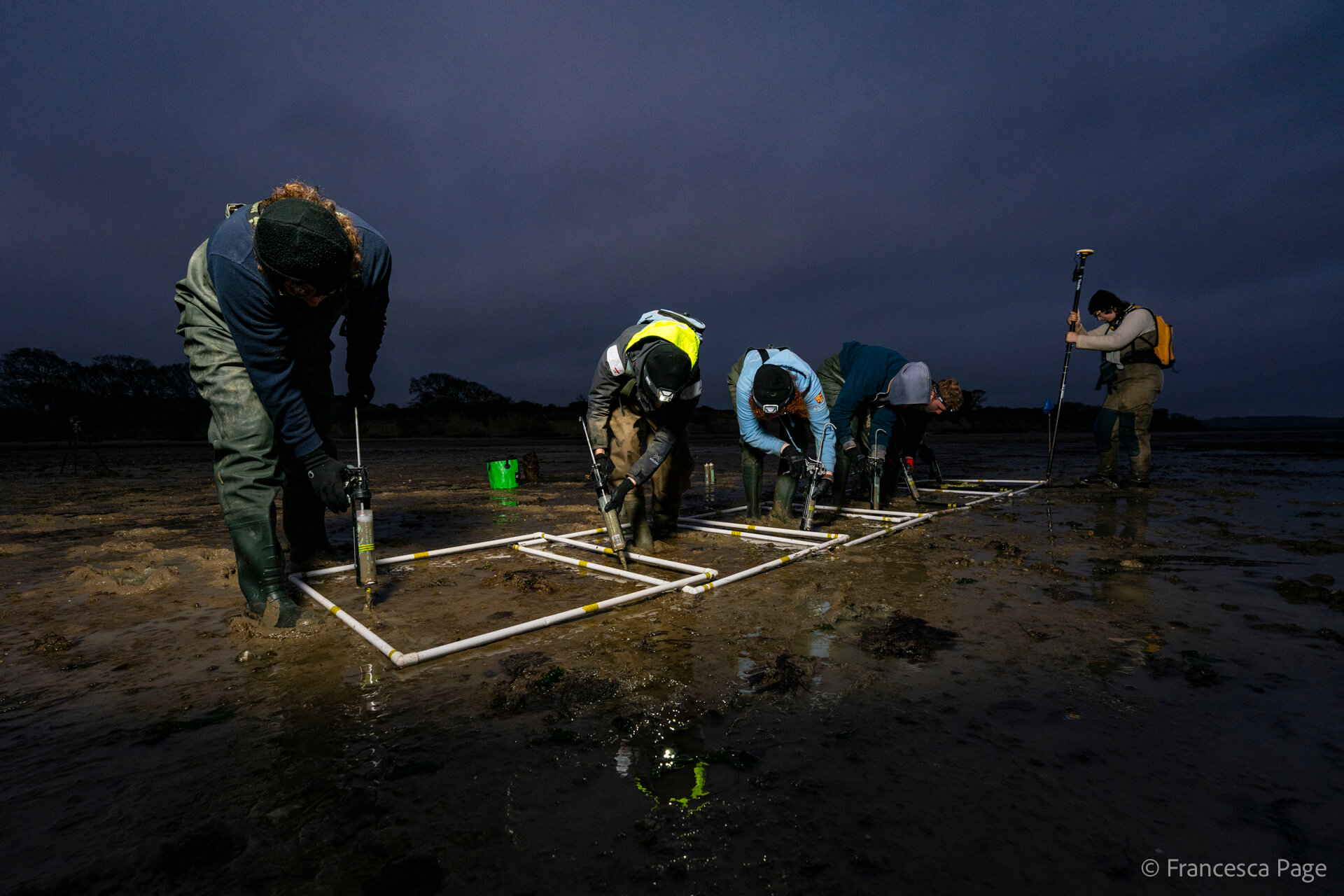The Ocean is in crisis. Coral reefs are bleaching, seagrass meadows are vanishing, mangroves are being cleared, and biodiversity is plummeting. Scientists estimate we’ve already lost up to 50% of global saltmarshes, 35% of mangroves, and 20% of seagrasses. Yet alongside this sobering decline, momentum for marine restoration has never been greater. The United Nations’ Decade on Ecosystem Restoration (2021–2030) and the Kunming–Montreal Global Biodiversity Framework both set ambitious targets: restoring 30% of degraded ecosystems, including those underwater, by 2030. So the question is: if the will, the science, and the funding are building, what’s holding us back? According to a team of 25 scientists and practitioners from 18 countries, one of the biggest obstacles isn’t just the technical challenge of restoration itself, it’s the licensing and regulation systems designed to govern it. In their recent paper, Rethinking Marine Restoration Permitting to Urgently Advance Efforts, they argue that outdated, overly complex permitting processes are unintentionally slowing down the very projects needed to restore the oceans. Marine Restoration Is Still Young Unlike reforestation on land, which has centuries of trial and error behind it, marine restoration is still in its infancy. Early projects in kelp, oysters, and seagrass go back decades, but systematic science-based restoration is relatively new. Failures are common, often because methods are untested or ecological dynamics are poorly understood. But those failures are not a reason to stop—they are opportunities to learn. Unfortunately, knowledge sharing is patchy, with unsuccessful projects often going unreported. This means mistakes are repeated instead of avoided. When Regulation Backfires No one disputes that regulations are essential to protect fragile ecosystems. But the paper highlights a paradox: the very laws meant to safeguard marine environments can also block or delay restoration. Permitting processes are frequently designed for terrestrial development projects, not marine habitat recovery. This mismatch means approvals are expensive, slow, and sometimes impossible to obtain. For instance, restoration within marine protected areas is often heavily restricted, even when the activity would clearly benefit the marine ecosystems and its biodiversity. The result? Practitioners may choose suboptimal sites just to avoid regulatory headaches, or abandon projects altogether. In some cases, frustrated groups even take matters into their own hands through “covert restoration,” risking legal trouble to get reefs or seagrasses replanted. Why “Business as Usual” Won’t Work Complicating matters further is climate change. Even if the world manages to stay under the 1.5°C target of the Paris Agreement, marine ecosystems face enormous risks. Marine heatwaves, shifting species ranges, and rising seas mean that simply recreating past habitats is no longer realistic. Instead, the authors argue for a forward-looking approach: restoration must aim to create resilient ecosystems for the future, not replicas of the past. That may involve controversial tools like assisted gene flow, assisted migration, or even repurposing invasive species to provide ecological functions. While these approaches raise ethical questions, the authors stress that clinging to outdated baselines is more dangerous than carefully exploring new ones. The Case for Innovation “Sandpits” One of the paper’s most intriguing proposals is the creation of innovation sandpits, dedicated spaces where scientists and practitioners can test new restoration methods under flexible permitting conditions. The idea is to encourage creativity and experimentation, similar to the culture of innovation that drove the U.S. “moonshot” program. Such sandpits could allow restoration at meaningful scales, where failures are expected but also monitored and shared, building collective knowledge. Crucially, this would need to be done with free, prior, and informed consent from local communities, ensuring equity and transparency. Scaling Up Takes Time Another bottleneck is time. Most restoration permits are short-term, three to five years at most. But successful marine recovery often requires decades of continuous effort. Seagrass meadows, oyster reefs, and mangrove forests don’t mature overnight. Short permits create interruptions, forcing projects to restart and making funding insecure. For large-scale recovery, licensing must align with ecological realities: long-term horizons, continuity, and scale. Small, scattered projects will never be enough. Strategic national and international coordination is needed to identify suitable areas, streamline approvals, and pool resources. Equity and Responsibility The paper also highlights the importance of equity. Restoration is not just about biodiversity; it directly impacts the people who live alongside these ecosystems. Indigenous communities, local fishers, and coastal residents must have a say in how projects are planned and implemented. Otherwise, well-meaning initiatives could unintentionally restrict access to resources or sideline traditional knowledge. The authors emphasise that urgency must not become an excuse for ignoring equity. Social inclusion, fairness, and justice are essential for lasting success. Six Steps Toward Better Restoration Licensing The authors conclude with a six-point agenda for change: Embrace novelty: Use innovative tools (genetics, assisted migration, new technologies) to prepare for future conditions, not past baselines. Establish sandpits: Create safe zones for testing and scaling new methods. Strategic restoration zones: Designate areas where permits are streamlined and projects are protected from future disturbance. Transparent reporting: Mandate open sharing of successes and failures, so the whole field can learn. Streamlined, long-term permits: Align licensing with ecological timescales and assume restoration is a positive activity by default. Remove fees, add incentives: Instead of charging for permits, reward landowners and stakeholders who enable restoration. Looking Ahead Marine restoration has the potential to be a cornerstone of the “blue revolution” needed to sustain life on Earth. But to succeed, governments, regulators, scientists, and communities must rethink how we design the systems that enable it. As the authors argue, the goal is not deregulation, but smarter, more adaptive regulation. The ocean is changing rapidly, and restoration must change with it. By fostering innovation, embracing uncertainty, and prioritising resilience and equity, we can give our seas a fighting chance.



